Trigger Warnings
Trigger Warnings
History, Theory, Context
Edited by Emily J. M. Knox
Rowman & Littlefield
Lanham Boulder New York London
Published by Rowman & Littlefield
A wholly owned subsidiary of The Rowman & Littlefield Publishing Group, Inc.
4501 Forbes Boulevard, Suite 200, Lanham, Maryland 20706
www.rowman.com
Unit A, Whitacre Mews, 26-34 Stannary Street, London SE11 4AB
Copyright 2017 by Rowman & Littlefield
All rights reserved . No part of this book may be reproduced in any form or by any electronic or mechanical means, including information storage and retrieval systems, without written permission from the publisher, except by a reviewer who may quote passages in a review.
British Library Cataloguing in Publication Information Available
Library of Congress Cataloging-in-Publication Data Available
ISBN 9781442273719 (hardback: alk. paper) | ISBN 9781442273726 (electronic)
 The paper used in this publication meets the minimum requirements of American National Standard for Information SciencesPermanence of Paper for Printed Library Materials, ANSI/NISO Z39.48-1992.
The paper used in this publication meets the minimum requirements of American National Standard for Information SciencesPermanence of Paper for Printed Library Materials, ANSI/NISO Z39.48-1992.
Printed in the United States of America
Preface
T he use of trigger warningswritten or verbal statements that alert consumers to traumatic media contentis the subject of sometimes heated debates, and for the past three years, there has been a constant stream of articles and blog posts on the use of trigger warnings in academia. New opinion pieces and articles appear in blog posts, the Chronicle of Higher Education , and Inside Higher Ed at a regular clip. Are trigger warnings merely a courtesy? Are they an imposition on academic freedom? Should institutions regulate their use? Should individual instructors decide?
This book is not intended to settle the debate but rather to provide more in-depth context and theory, as well as a vocabulary for understanding the various arguments for and against using trigger warnings in the college and university classroom. The contributors come from a wide variety of disciplines and fields, which means that the theoretical foundations of each chapter vary widely. The first section of the volume focuses on the history and theory of trigger and content warnings. The chapters are intended to provide context for the use of trigger warnings in the classroom, particularly regarding how using a heads-up for traumatic material moved from the online feminist community to the academic classroom, as well as a theoretical analysis of the phenomenon. The second section consists of shorter case studies for using or not using trigger warnings. These range from an empirical study to one persons account of making a request for a trigger warning in a course.
Readers will find that there are arguments with which they strongly agree and others that they strongly oppose in the volume. This is simply the nature of the controversy at this point in time. No matter the readers position, it is hoped that this book will add some depth of understanding to the trigger warning debate.
Acknowledgments
F irst, Id like to thank all of the contributors to this book. This is my first time editing, and I learned the importance of having clear directions and a spreadsheet. I cannot thank the contributors enough for their patience through all of my newbie mistakes. My editor at Rowman & Littlefield, Charles Harmon, suggested that I take up this topic, since it related to my work on intellectual freedom, and I deeply appreciate his support throughout the development of this volume. My colleagues at the University of Illinois School of Information Sciences, especially Nicole Cooke, are always there to lend an ear and talk through the stickier aspects of any controversial topic. A big shout-out to all my friends in Champaign and beyond! Thank you for listening to me through all of the ups and downs of editing. Finally, I would like to thank my parents, Jo Emily and Nathaniel Knox, for their constant support and love.
Introduction
On Trigger Warnings
Emily J. M. Knox
A t the School of Information Sciences at the University of Illinois at Urbana-Champaign, I teach information policy. As a survey course, we spend each week covering topics such as intellectual property, the information economy, security and privacy, and digital labor. One of the articles that we read for the latter topic is The Laborers Who Keep Dick Pics and Beheadings out of Your Facebook Feed. The article, from a 2014 issue of Wired , is primarily about the invisible labor of people in developing countries who censor photographs on social media. However, it also includes graphic descriptions of some of the photos that the workers have to censor. The author notes that staring into the heart of human darkness exacts a toll and many of the laborers suffer from PTSD from the trace memories of the images that they view on a daily basis. When I assigned this reading the first time I taught the course, I did not offer a trigger warning or heads-up to my students. Was that the right decision? I am not sure. The article itself does not have a trigger warning, and the photos are not the focus of the writing. Would it have made a difference for one of my students if I had offered a warning? I do not know.
The Oxford English Dictionary defines trigger warnings as a statement at the start of a piece of writing, video, etc. alerting the reader or viewer to the fact that it contains potentially distressing material. Trigger warnings are related to and sometimes contrasted with content notes, which are statements that warn the reader that the material might contain information that is of a less traumatic nature. Note that many peopleincluding some of the authors in this volumeuse these terms interchangeably.
My own ambivalence about trigger warnings and other labeling statements is related to my background in library and information science. The field of librarianship has long been opposed to the labeling and rating of materials. Labeling and rating systems are part of a larger issue of social classification and the power to name, as Hope Olson writes, being given to a certain few within society. Labeling and classification of materials is never free of politics and political implications. As Geoffrey Bowker and Susan Leigh Star state in Sorting Things Out , the classification of things constructs our life world, and all classification systems have a moral, political, and ethical agenda. For example, the Parental Advisory Explicit Content stickers on music with potentially offensive lyrics in many respects divides music into good and bad music. There is an implication that music with the sticker is in some fundamental way different from music without it. The latter is clean while explicit music is dirty. Also, note that an entire genre that is associated with a minority community, rap and hip-hop, tends to receive parental advisory labels on a regular basis. Ratings systems are also relevant to trigger warnings; like other types of labels they are voluntary and seek to inform the user regarding the content of the material. One of the most well-known systems, the Motion Picture Association of Americas voluntary film ratings, affixes labels according to language, nudity, sexual content, substance abuse, and violence. As demonstrated in the film This Film Is Not Yet Rated , these ratings are arbitrary and merely imposed by a small board of ten people who live in the Los Angeles area. In the field of library and information science, the simultaneously arbitrary and socially constructed nature of labeling is among the reasons why labels are often met with suspicion.
Opposition to labeling in librarianship began in the 1950s when the Sons of the American Revolution (SAR) of Montclair, New Jersey, objected to the appearance of communist materials in libraries. While the SAR argued that such material should be clearly labeled as subversive, librarians stated that such labeling was a limiting of the freedom to read. Librarians felt that such labeling operated as a proscription against reading certain topics, since such labels might prejudice patrons toward certain topics. It would also be a reification of the material. That is, if the book or magazine is labeled communist, then it is a communist book or magazine. After some consideration, the statement on labelingan interpretation of the Library Bill of Rightswas adopted by the American Library Association in 1951. It stated that libraries do not advocate the ideas found in their collections and no person should take the responsibility of labeling publication. Many libraries adopted the statement as policy over the following years. In 1971, it was revised to remove the specific paragraphs that referred to communism. The statement was further amended in 1981, 1990, 2005, 2009, and 2014. These subsequent amendments removed focus on legal actions and added information on viewpoint-neutral directional aids. The current interpretation states:
Next page
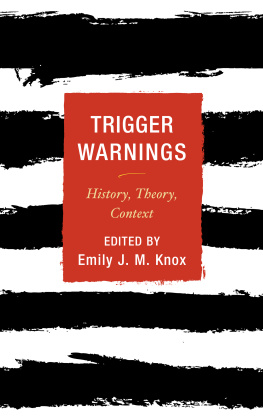
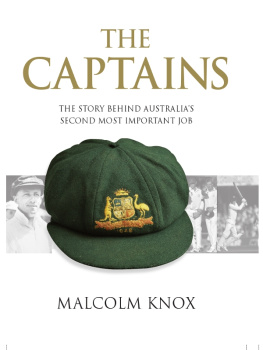
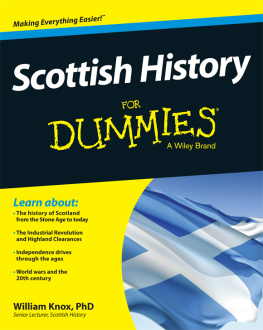

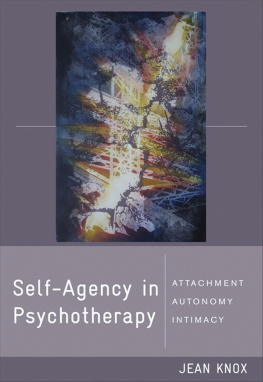


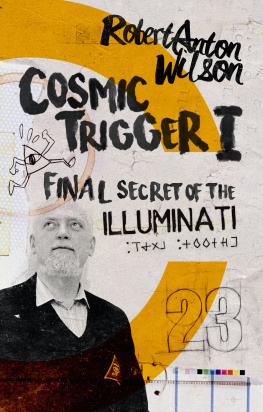

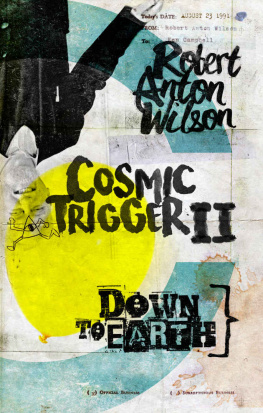
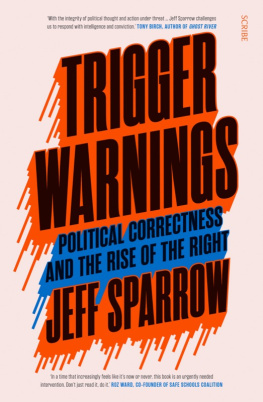
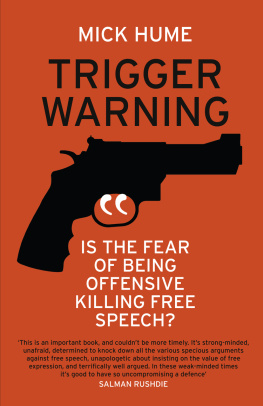
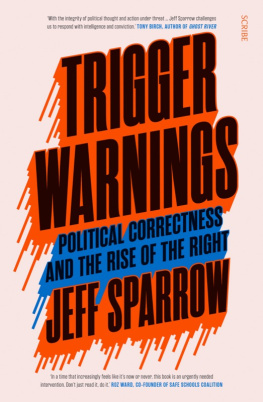
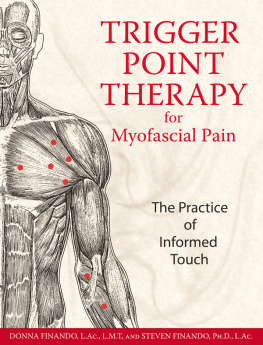
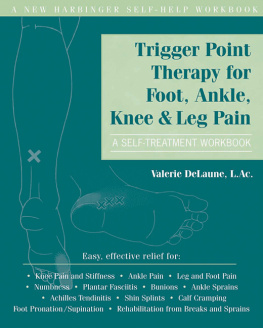
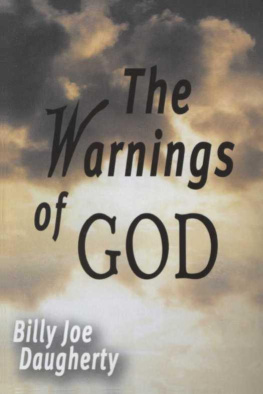
 The paper used in this publication meets the minimum requirements of American National Standard for Information SciencesPermanence of Paper for Printed Library Materials, ANSI/NISO Z39.48-1992.
The paper used in this publication meets the minimum requirements of American National Standard for Information SciencesPermanence of Paper for Printed Library Materials, ANSI/NISO Z39.48-1992.